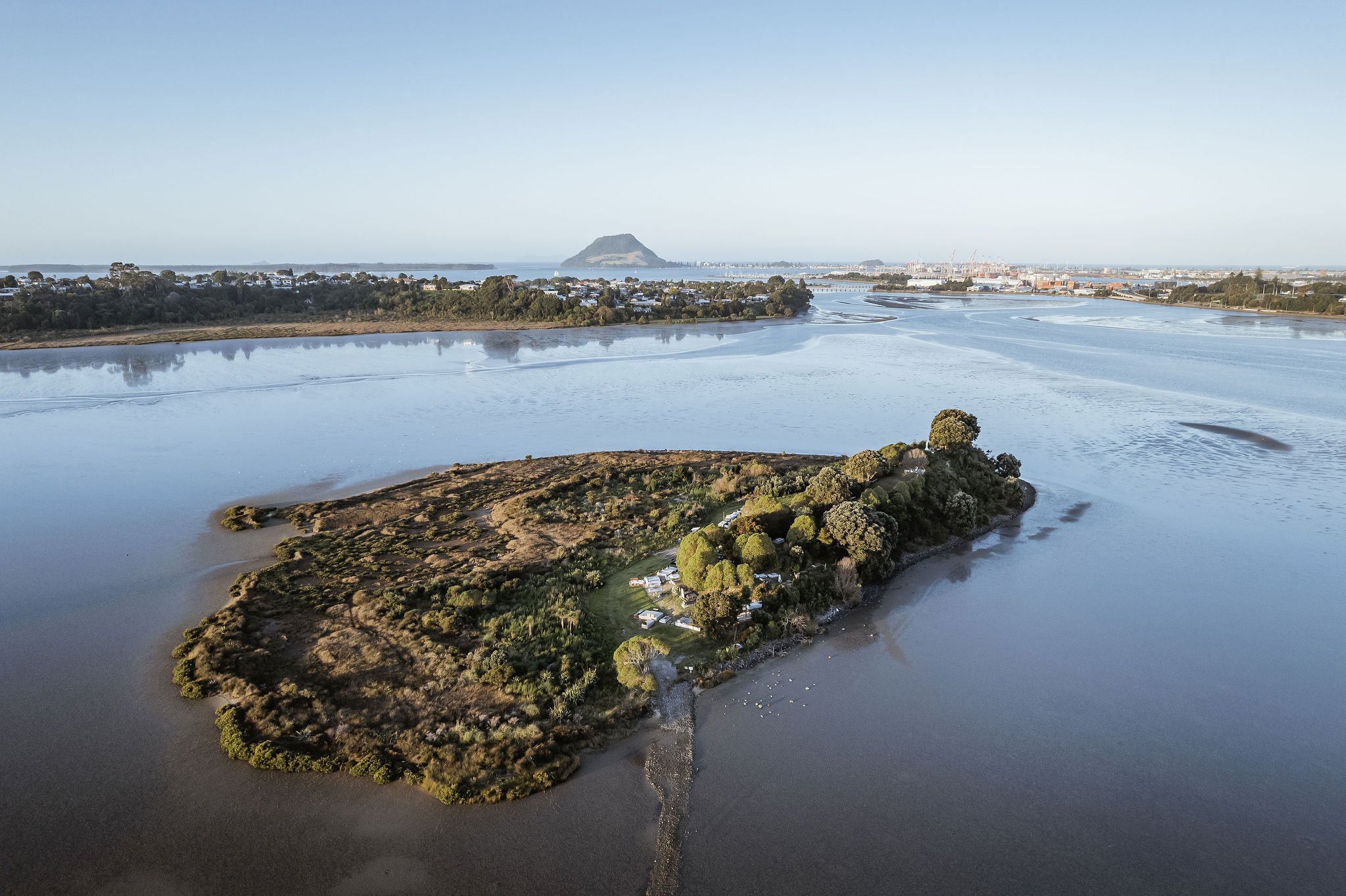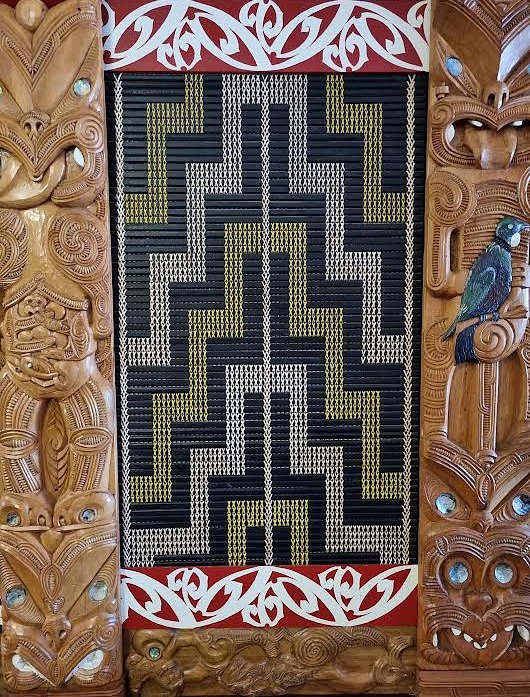Pepeha
Ko Pūwhenua, ko Mauao, ko Ōtanewainuku,
ko tukituki ngā maunga. Ko Tamatea-pōkai-
whenua te tangata. Ko Tauranga te moana. Ko Tākitimu te wakatapu. Ko Ngāti Ranginui te iwi. Ko Ngāi Tamarāwaho te hapū. Ko Kopurereroa te awa. Ko Waikareao te kete kai. Ko Motuopae te urupā tapu.

Ingoa
Our name
From 2019 our school whānau, community and hapū (subtribe) Ngāi Tamarawaho started to work together on the new school planning. Together hapū, parents, whānau, community and our tamariki were welcome to contribute ideas, wishes and aspirations.
It was evident early in the planning process that they wanted to change the school name Brookfield. Ideas were shared at many meetings and history of the area was shared by many kaumātua. The school worked intensively with hapū kaumātua; Maora Reed, Des Tata, Tamatī Tata, and Peri Kohu.
In 2020 our school whānau, community and hapū (subtribe) Ngāi Tamarawaho all were able to vote. It revealed that the majority of our whānau wanted to change the name to Te Kura o Manunui.
On January 1st 2023, Brookfield School became officially known as: Te Kura o Manunui
Te Pā o Manunui
The village of Manunui
The land that both the current and new school sites was once a Pā or village. This area extends far and wide around Ōtūmoetai. This was known as Te Pā o Manunui.
Ngā Manu Nui
The multitudes of manu (birds)
The area is known for the multitudes of native birds that can be found here. We have depicted this meaning through the names of the houses in our kura: Kererū, Kiwi, Pūkeko, Tīrairaka, and Tūī.
Te Kōrero o Hinawa
The local hapū story of Hinawa
Hinawa (Hinewa) comes from Manunui Pā and Ngāi Tamarawaho. She is the wahine spoken of in the waiata ‘E Rere Te Karoro’ where she loved a man (Hoani/Wani) but their love was not to be. She set forth on a journey from Te Pā o Manunui towards the Waikareao (Estuary). On her path, a karoro (the black-backed gull) hovered over keeping a safe eye on her.
Tū mai, tū mai tēnei taku kōrero
Nui atu taku hiahia ki tōmuri nei e Hinawa (Hinewa)
Te ngenge aku turi, te pikinga i a Maunui
Kei reira e noho ana a Mere Hoani e Hinawa (Hinewa)
Kia tau kia ngawari e Wani kei riri koe
Tukuna atu ki tana hiahia ka mate ko au e Hinawa (Hinewa)
Kātahi nei te iwi kino, e patupatu i aku mahara
Kia piri kau mai koe ki taku uma nei e Hinawa (Hinewa)
E rere te karoro e rere ki Huria
Te Tohu o te Kura
Our school logo
Our logo has five key parts that encompass local historical elements.
Ngā Poutama
The Stairway
Te Manu
The Bird
Te Koru
The Koru Design
Ngā Poutama Kikorangi
Blue Steps
Ngā Poutama Mā
White Steps
-
A poutama is a stepped pattern of tukutuku panels and woven mats symbolising genealogies and also the various levels of learning and intellectual achievement. Some say they represent the steps which Tāne-o-te-wānanga ascended to the topmost realm in his quest for superior knowledge and religion.
The poutama represents an ascending path of continual growth and development.
Ngā Poutama Mā
The white poutama represent our four maunga, Ōtanewainuku, Mauao, Pūwhenua, and Tukituki.
Ngā Poutama Kikorangi
The blue poutama represent our four school teams, Waipapa, Kaitere, Waiawa, and Pōkapū.
-
The manu is based on the local legend of Hineawa / Hinewa symbolising guidance and protection on the journey. The bird symbolises hovering over our tamariki and helping to guide them on their educational journey.
This symbol is also in reference to Manunui Pā (village) which acknowledges Mana whenua and tangata whenua (the land and the people).
-
The koru design within the manu represents our school vaues
Whakamanahia te taiao — respect for the environment
Whakamanahia tangata kē atu — respect for others
Whakamanahia ahau — respect for self
-
The shades of blue reflect the many waterways within close proximity to the school, and the multicultural nature of the school.










